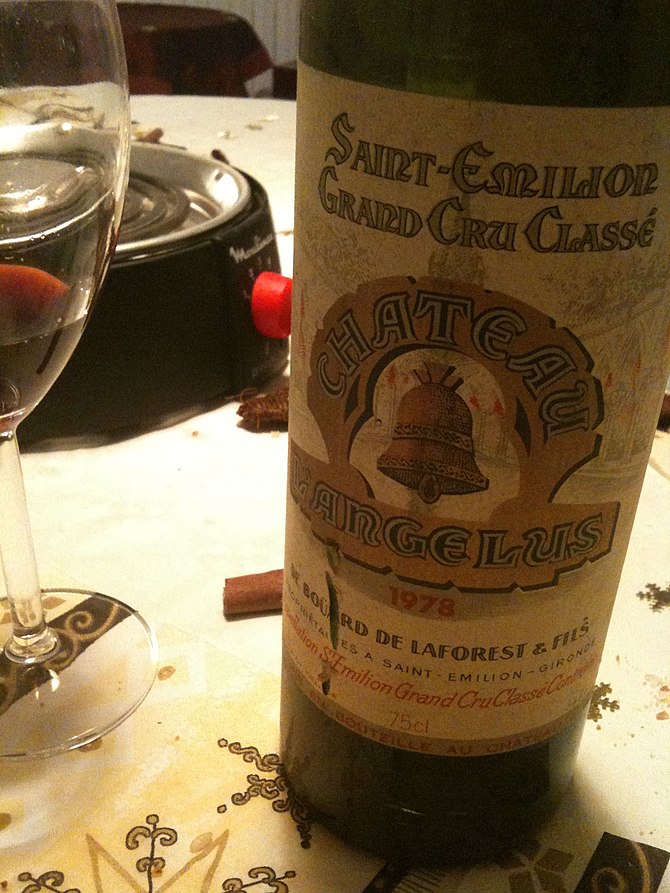Last week was a great time for Bordeaux in Chicago. Dozens of winemakers and representatives from dozens of appellations in the Bordeaux, France wine region converged in one of the ballrooms at the elegant historic Drake Hotel to introduce their mainly 2014 vintages to press, trade and the public. Visitors walked around tasting while, behind the tables, reps from members of the Union des Grands Crus de Bordeaux gave out pour after pour of mostly red blends, plus a few whites and Sauternes for good measure. As you read my recommendations, keep in mind I’m partial to big, dry, complex reds.
A few of my favorites came from a region I hadn’t previously been very familiar with, Saint-Estephe, and included all four of the wineries present from there (check links for wine notes and prices): Château Ormes de Pez 2014, Château Cos Labory 2014, Château Phelan Segur 2014, and especially Château Lafon-Rochet 2014.
Others that I gave highest marks to were from among the Grand Crus de St. Emilion and included Château Beau-Séjour Bécot 2014, Château Canon-La-Gaffelière 2014, Château Grand Mayne 2014, and Château Villemaurine 2014. Really beautiful wines.
I was also impressed with some from the Pomerol appellation of Bordeaux. Check out Château Beauregard 2014, Château Clinet 2014 and Château La Cabanne 2014. Two notables from the Pessac-Leognan appellation were Chateau Olivier and Chateau Smith Haut Lafitte, each of which presented both a white and a red.
And later that evening, a fine wine dinner at RPM Steak House featured 5 lovely wines from the Pouillac appellation in Bordeaux – food and drink to set the imagination afire. Amuse bouches were tiny and flavorful, including oysters with mignonette. The appetizer course was a generous-sized disk of Hamachi, studded with caviar and surrounded by a warm, slightly sweet yuzu emulsion. First course was an outstanding Pepper-Crusted Tuna Belly – one piece of which was prepared confit (NUM!) and the other ahi-style, both served with a spoonful of sturdy mushroom Bearnaise. Utterly succulent and delicious and perfect with a Bordeaux blend, Les Tourelle de Longueville, Pauillac 2011.
Next came Prime Dry Aged Beef – two small pieces of beef aged 90 days and two aged for 9 days. Both were spectacular and were served with two vintages of Chateau Pichon Longueville Baron Pauillac, one from 1990 and one from 2009. Lovely, rich reds.











